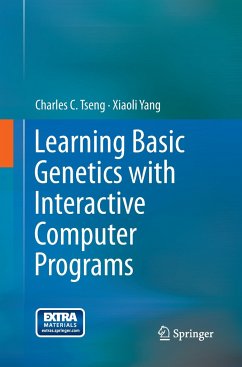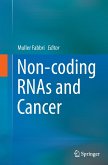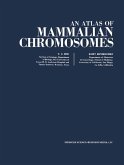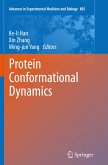Traditionally, genetics laboratory exercises at the university level focus on mono- and dihybrid crosses and phenotypic analysis-exercises under traditional time, materials, and process constraints. Lately, molecular techniques such as gene cloning, polymerase chain reactions (PCR), and bioinformatics are being included in many teaching laboratories-where affordable. Human chromosome analysis, when present at all, has often been restricted to simple identification of chromosomes by number, through the usual "cut-and-paste" method. Although several online karyotyping (chromosome identification) programs have become available, they are not meaningful for studying the dynamics of the chromosome system, nor do they help students understand genetics as a discipline.
The software that accompanies this book has been shown to be an ideal tool for learning about genetics, which requires a combination of understanding, conceptualization, and practical experience.
The software that accompanies this book has been shown to be an ideal tool for learning about genetics, which requires a combination of understanding, conceptualization, and practical experience.








